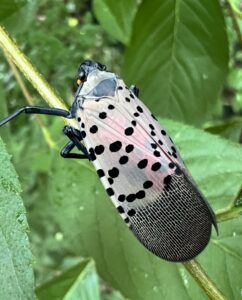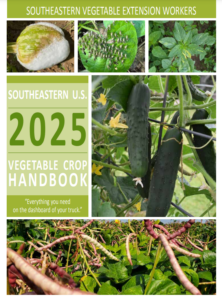
WNC Orchard Insect Pest Populations - June 2, 2025
In orchards at elevations of about 2000 ft or higher (e.g., Henderson County), this week should see the last …



El inglés es el idioma de control de esta página. En la medida en que haya algún conflicto entre la traducción al inglés y la traducción, el inglés prevalece.
Al hacer clic en el enlace de traducción se activa un servicio de traducción gratuito para convertir la página al español. Al igual que con cualquier traducción por Internet, la conversión no es sensible al contexto y puede que no traduzca el texto en su significado original. NC State Extension no garantiza la exactitud del texto traducido. Por favor, tenga en cuenta que algunas aplicaciones y/o servicios pueden no funcionar como se espera cuando se traducen.
Inglês é o idioma de controle desta página. Na medida que haja algum conflito entre o texto original em Inglês e a tradução, o Inglês prevalece.
Ao clicar no link de tradução, um serviço gratuito de tradução será ativado para converter a página para o Português. Como em qualquer tradução pela internet, a conversão não é sensivel ao contexto e pode não ocorrer a tradução para o significado orginal. O serviço de Extensão da Carolina do Norte (NC State Extension) não garante a exatidão do texto traduzido. Por favor, observe que algumas funções ou serviços podem não funcionar como esperado após a tradução.
English is the controlling language of this page. To the extent there is any conflict between the English text and the translation, English controls.
Clicking on the translation link activates a free translation service to convert the page to Spanish. As with any Internet translation, the conversion is not context-sensitive and may not translate the text to its original meaning. NC State Extension does not guarantee the accuracy of the translated text. Please note that some applications and/or services may not function as expected when translated.
Collapse ▲
In orchards at elevations of about 2000 ft or higher (e.g., Henderson County), this week should see the last …

First generation codling moth remains a key pest of concern across the region. Also, the window for tufted apple …

In late 2008, I planted a demonstration pollinator garden at Chatham Mills to provide forage from early spring to …

Rockingham County just got an unwelcome new resident — spotted lanternfly (SLF). This isn’t just any insect; it’s an …

The Southeastern Vegetable Extension Workers Group has just released the 26th edition of the Southeastern U.S. Vegetable Crop Handbook. …

Codling moth degree-day accumulations range from about 370 in Henderson County (2100 ft) to about 600 in the lower …

Recent hail in some orchards will surely affect decisions on continuing to invest in pesticide costs, but for those …

Codling Moth: The cooler weather pattern has slowed degree-day accumulations, and consequently codling moth development has fallen behind last …

This week, Prionus adults emerged from the soil near the blueberry plants in Pender and Sampson Counties. This is …

With petal fall sprays completed throughout the region, the focus for the next few weeks will be on first …

The majority of apples throughout the region are at petal fall, with some later cultivars still blooming. As discussed …

The 5th Annual Chatham County Spring Ag Fest on March 29, 2025, was a success with a great crowd and beautiful …

Petal fall is a critical time for management of plum curculio, and potentially oriental fruit moth and rosy apple …

With trees either in or approaching bloom, hopefully orchards have received an oil application at green tip for early …

Navigating NC Food Regulations for Value-Added Foods A 1-day food safety education and networking event April 16, 2025 – Union County, …

Around late February things start kicking into high gear in Cooperative Extension’s Pollinator Paradise Demonstration Garden. Usually I have taken …

Folks of all ages delight in finding praying mantids in the garden. These charismatic predators are large and easy …

By the time springtime rolls around many folks are itching to get back into their gardens and start cleaning …

Last spring some growers in the North Carolina piedmont noticed unusual problems with their allium crops, primarily bulb onions, …

Blueberries are a popular crop for commercial farmers as well as home gardeners in North Carolina. They are fairly …

NC State conducted a strawberry Neopestalotiopsis (Neo-P) trial at the Horticultural Crops Research Station in …

This publication discusses flying unmanned aerial vehicles (drones, model aircraft) for commercial purposes. You'll learn …

This publication reviews research between the late 2000s and the 2020s to explore trends shaped …

This article will cover two important scale insect pests of blueberries in North Carolina, terrapin …
Much success in growing tomatoes can be attributed to use of a few proven techniques. …
This publication discusses growing and harvesting head lettuce, the most important salad vegetable grown in …

This guide presents basic facts about seeds, including how they develop, how to store and …

Crape Myrtle Bark Scale (CMBS), Acanthococcus lagerstroemiae, is an exotic insect pest that feeds only …